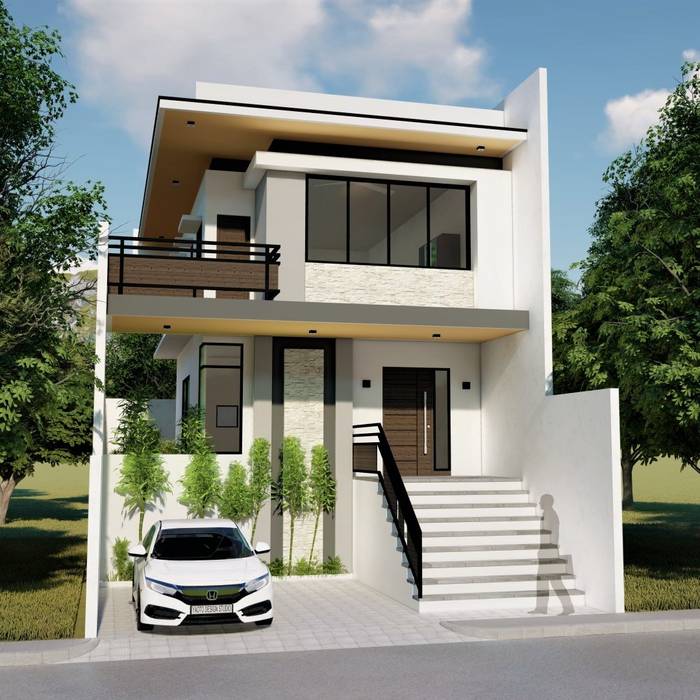

The pod itself measures 150 square feet with an additional 220 square feet provided by the connected terrace.

The Zen Suite’s central circle is enclosed in curved wooden walls and Japanese-inspired accents like tatami floor mats. The wooden roof shell structure, clad with regional black slate, consists of sustainable GluLam (glue-laminated) timber beams suspended from a central concrete chimney. It features a unique curved roof that not only creates a spacious interior but even provides a channel for the central chimney while creating a small terrace/skylight in the process.

The YEZO’s overall design is a fusion of both aesthetics and algorithms, optimized for fabrication from one single mould to minimize ecological impact and reduce manufacturing cost and delivery time. Preparing for fits of bad weather, KKAA bordered the gaps of air with transparent pieces of copolymer film called, TEFKA.ĭesigned for idyllic Hokkaido in Japan, the YEZO is a retreat that uses its dramatic landscape and an experimental design approach to create a sanctuary in nature. While the CLT panels form a zig-zag pattern and overlap one another from their orthogonal gluing process, exposed gaps of open-air needed covering. CLT panels, or Cross-Laminated Timber, are appealing for their prefabricated, lightweight yet durable quality and their neat installation process which has a low overall environmental impact. The designers behind Harumi’s temporary pavilion used a steel frame as the structure’s base, over which CLT panels were overlaid to create a multi-paneled facade that spirals and crests towards the open sky. The entire home seems to be lacking doors, with each space flowing freely into another, with only small steps or changes in the floor finishing to create a differentiation between them. Subtle openings and slits in the wooden facade allow one to look out into the street, and also bring in natural ventilation and lighting into the home. The courtyards form the central section of the home, with the remaining space and rooms facing towards them. The home’s most intriguing feature are the three artfully hidden interior courtyards, which can be used for growing food and drying laundry. Designed by Arbol, The House in Akashi is a minimal bungalow created from timber, placed in a quaint neighborhood.


 0 kommentar(er)
0 kommentar(er)
